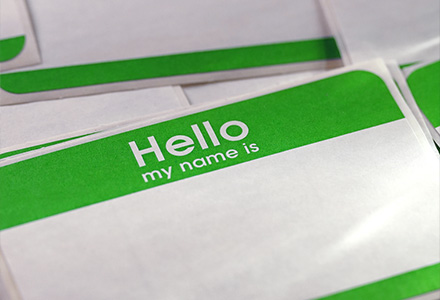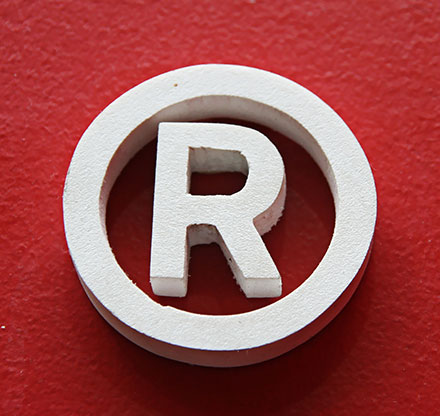Trademark Basics You Need to Know
We’ve unpacked a few best practices of intellectual property with a lawyer who knows his stuff.

At 5 by 5 Design we believe it’s possible to change the world by posing the right questions, listening to the honest answers, and following the path that emerges from the dialogue. Today, we’re digging into the subject of intellectual property.
Ken Kunkle is an experienced trademark lawyer who helps businesses build and protect their brands by providing personalized trademark and copyright services. His clients include a wide variety of businesses and individuals ranging from retailers, manufacturers, restaurants, artists, entertainers, and educators. We’ve reached out to him to learn more about the ins and outs of trademark best practices. Here’s what he had to say.
1. What are the different parts of intellectual property that are relevant to most businesses?
There are four main areas of intellectual property: trademarks, copyrights, patents, and trade secrets. Because every business is different, each type has a different value to different businesses. For example, a publishing company may value copyright more than trade secrets because it is the basis of most of their product lines. A software company might appreciate trade secrets contained in their code. A patent may be more critical to a manufacturer. Trademarks have value despite the nature of the product or service being offered because they are meant to protect the relationship between the business and whoever their consumers might be.
2. What is the purpose of a trademark?
Originally, we thought of trademarks as a form of consumer protection. They helped consumers to identify the source and quality of goods based on the mark used by the provider. Nowadays, while it still serves to protect consumers, we also acknowledge that businesses put a great deal of effort into protecting their images, and we grant them exclusive rights to their names as they relate to the type of goods or services they provide.
3. What types of things can be trademarked?
Anything that is “distinctive” enough to identify a business, product, or service. We often think about words, slogans, and logos. However, a sound, color, business layout, or product configuration can also be a trademark if consumers view them as being an identifier of the source of the related goods or services.
4. How do you obtain a trademark?
Obtaining trademark rights is pretty simple. The challenge is getting good and enforceable rights. In the U.S., “common law” trademark rights are created as soon as a business begins using a trademark in commerce; this means if someone opens a hot dog stand with a unique name, they automatically have a trademark for that name in relation to selling hot dogs. However, common law marks are limited by the geography of the business location—if someone were to open a hot dog stand in another state with the same name, the first operator would have no recourse. A federal trademark registration filed with the United States and Patent Office, on the other hand, may create a trademark that gives the owner rights across the entire country regardless of whether the business is located in every community. The federal application also has the benefit of being able to be acquired based on an intent to use the mark.
5. When creating a new brand, what advice would you give to make sure your name and logo can be trademarked?
Trademarks have to be distinct. While it might be good short-term marketing to include generic or descriptive terms as part of a brand, doing so makes it harder to claim the brand is a trademark, because the terms are not distinctive. When we analyze distinctiveness, we put it on a continuum of “generic – descriptive – suggestive – arbitrary – fanciful.” The further the mark is to the right (distinctive) side of the continuum, the more durable the trademark is, but it may require more heavy lifting by marketing departments.
Naming a Brand
We’ve tapped into an experienced writer to discuss and digest the importance of a brand’s name.
Names, Trademarks, and URLs
How strong is your brand name? Find out how you can tell.
Branding with Sound
A local audio expert shares insights on how to use sound as a powerful marketing tool.



